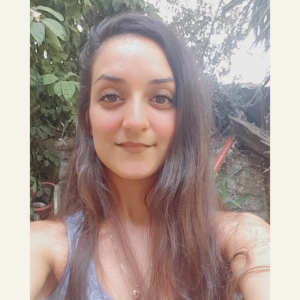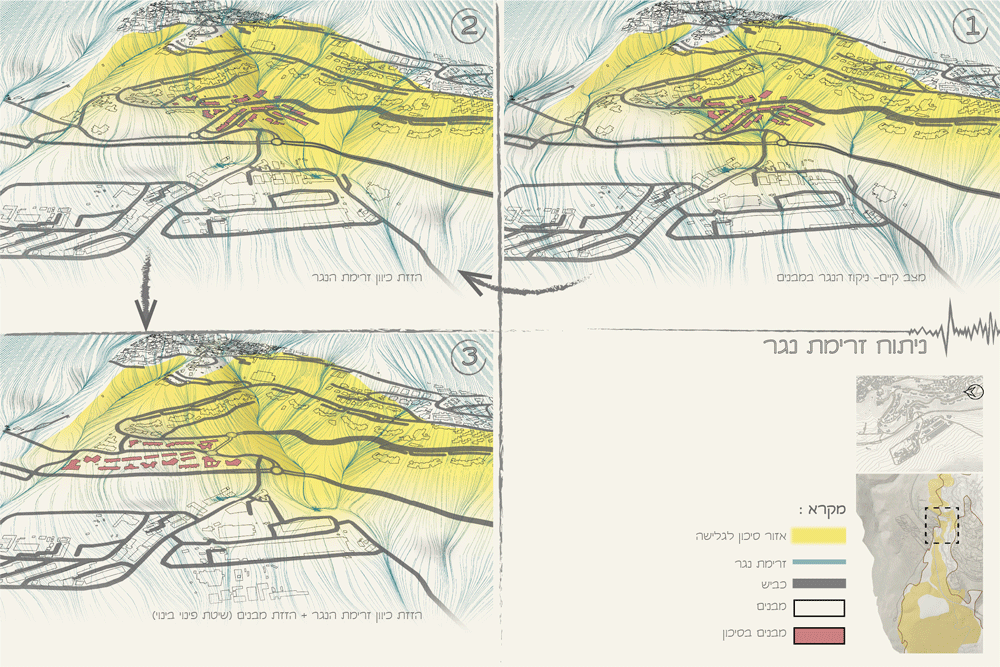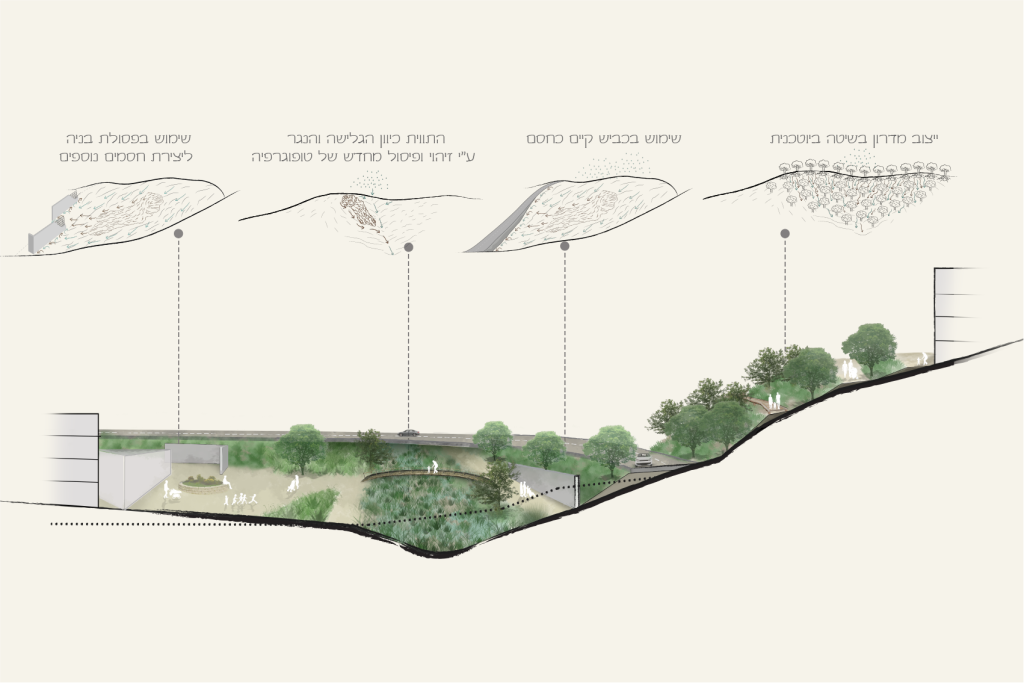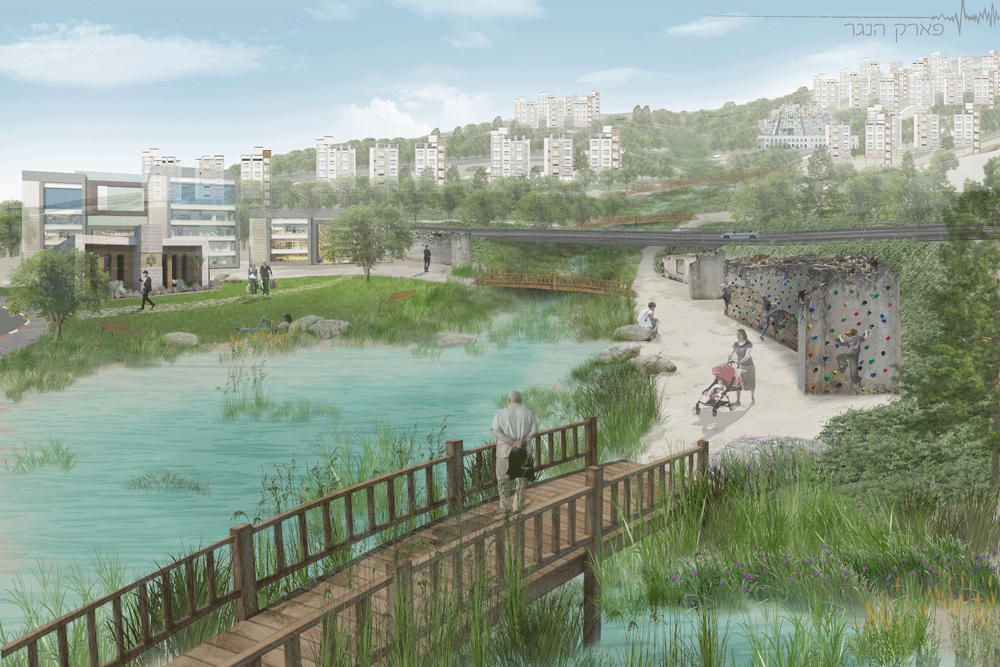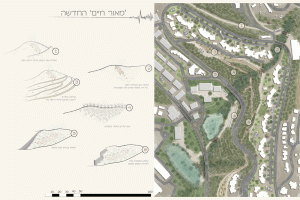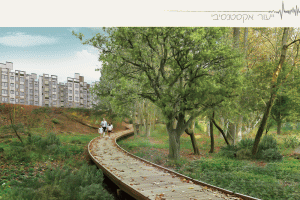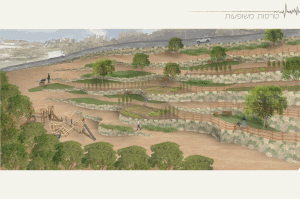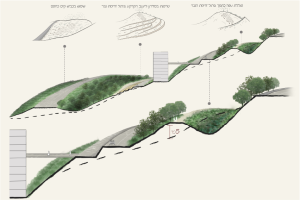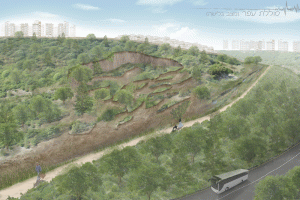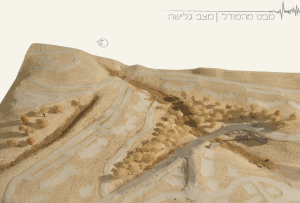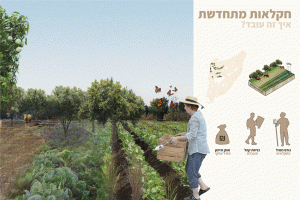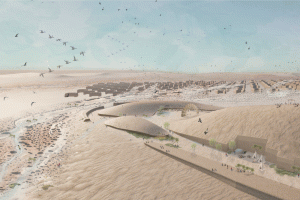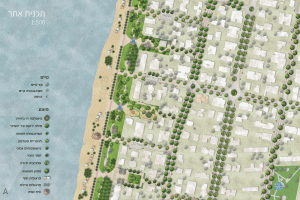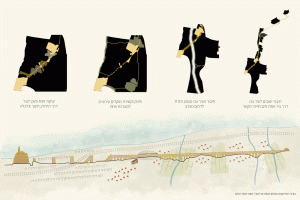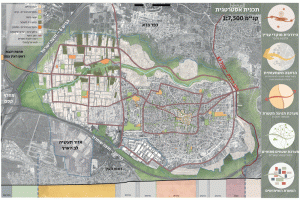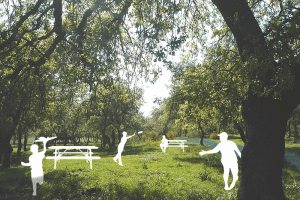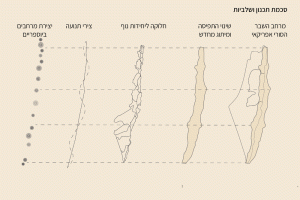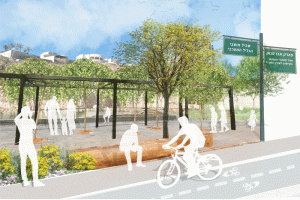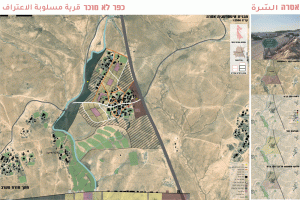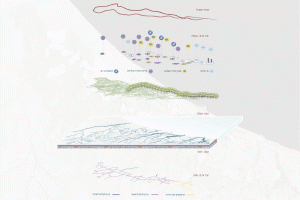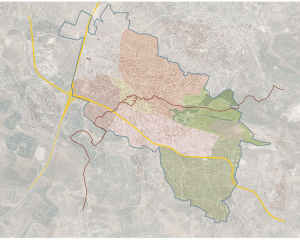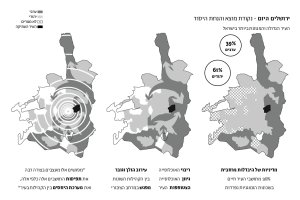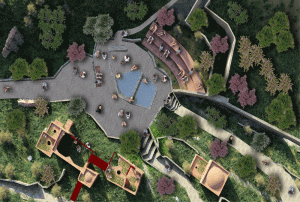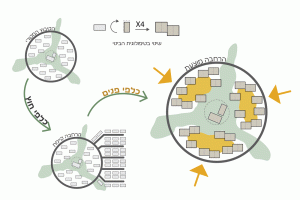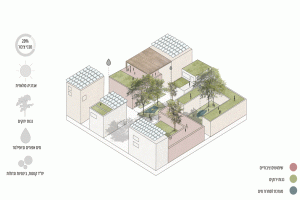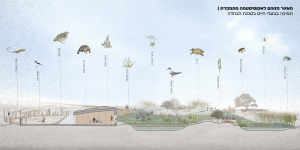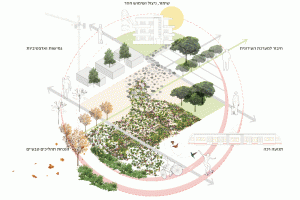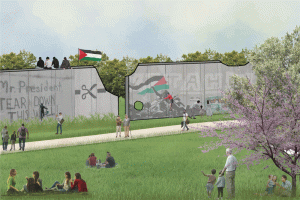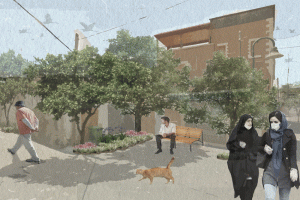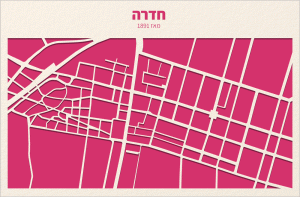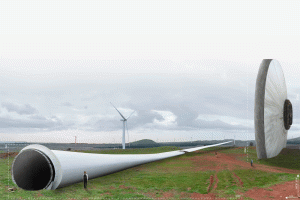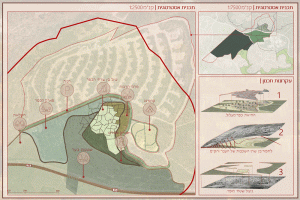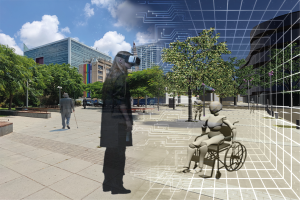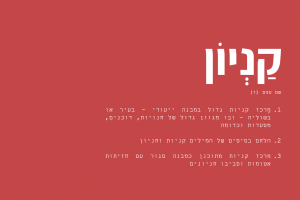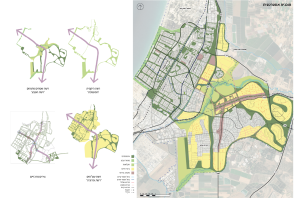Landscape in motion
The history of Israel indicates that, on average, a significant earthquake occurs every 100 years. Given Israel’s location on the African-Syrian Rift and the fact that the last major seismic event occurred in 1927, another strong earthquake could happen at any moment.
Earthquakes are often accompanied by geological phenomena that can exacerbate damage, with landslides being the most prevalent. A landslide describes the movement of the earth along a slope. Israel’s geological structure includes a portion of soft rock, which poses a high risk for landslides—particularly in mountainous regions characterized by steep inclines where the rock tends to have very low stability. Urban development in these areas is a primary factor contributing to the danger of landslides. Structures built on slopes or at the base of potential landslide zones are the most vulnerable. An example is the city of Tzfat, which was predominantly constructed on soft and unstable slopes, leading to its reconstruction multiple times after various earthquake-related events throughout history.
The implications of recent earthquakes underscore the urgent need for landscape solutions to mitigate damage from landslides. These solutions, historically considered engineering challenges, have not yet been integrated into environmental landscape planning. As this field is still in its research stages, the project aims to explore solutions through slope sculpting, including water management, afforestation, and topographical analysis based on existing studies. In addition to strategies for mitigating landslide damage, the project focuses on planning community spaces that meet local population needs while leveraging local climate resources to create water retention areas and enhance ecological conservation and biodiversity on-site.
The project’s objective is to provide a toolkit for urban landscape development in landslide-prone mountainous areas while safeguarding the values of nature, landscape, and the needs of the local community. The neighborhood of ‘Ma’or Chayim’ in Tzfat serves as a case study for this initiative.



